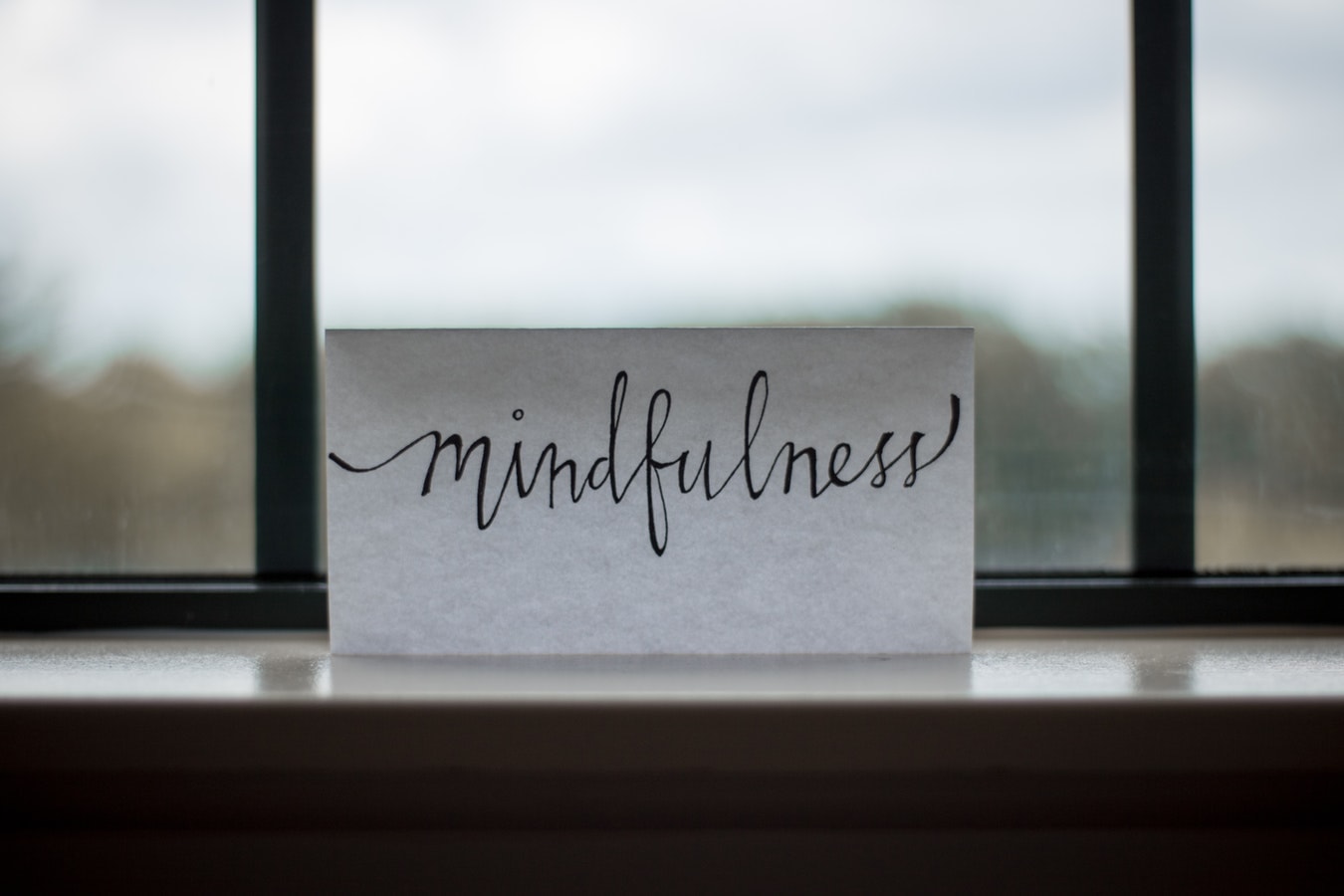The Art of Mindfulness
If you have at least one social media account, it is almost impossible not to notice how often you scroll past articles, posts or tweets about mindfulness. Nonetheless, if you haven’t and you don’t know what it is, UCLA Mindful Awareness Research Center defines ‘mindfulness’ as a very simple form of meditation that involves “paying attention to present moment experiences with openness, curiosity, and a willingness to be with what is”. As such, it invites the one who practices it to become more aware of one’s biases and judgements by observing patterns of thoughts, whilst focusing on the breath or other objects. Mindfulness is also recommended as treatment for depression, anxiety, ADHD and substance use disorder. But how did it become so popular?
By all accounts, the rising popularity of this practice is a response to the busy lives millennials lead. Its presence in many digital formats also appeals greatly to a technology-aware generation. We are less aware of what is happening with ourselves and our minds when we are focused on our tasks and e-mails. However, according to a new survey conducted by Dignity Health, 64% of millennials say they practice dedicated activities to achieve mindfulness, such as yoga, meditation, journaling, or using apps such as Headspace, Oak and Trixie.
We are less aware of what is happening with ourselves and our minds when we are focused on our tasks and e-mails…
While you can easily buy a colouring book and start practising mindfulness by focusing on different colour and patterns, the aforementioned apps can also be helpful if you would rather receive verbal coaching. Headspace, just as the other two apps, have collections of guided meditations for both beginners and more experienced meditators. Made by mindfulness experts, the guides are combined with AI meditation assistants which analyse your routines in order to make your experience more customisable. For example, if your usual coping mechanisms for stress are procrastination by surfing the web, or maybe you drink and smoke, a notification from these apps could remind you to stop whatever you are doing and take a break from your busy life.
Millennials are more likely to experience specific health problems such as anxiety, poor sleep and self-doubt. The UCLA Mindful Awareness Research Center has been conducting a considerable amount of research regarding the benefits of mindfulness and how it is linked to mental health by improving concentration and reducing stress. One of the most often encountered mental health issues which can be avoided by practicing mindfulness is depression. Mindfulness-based cognitive therapy (MBCT) has started to be used in preventing relapses into depression. By combining cognitive behavior techniques with breathing exercises, coloring and meditation, the cycle of returning to thinking negatively is avoided.
Recent research looking at mindfulness-based cognitive therapy used to help prevent depression relapse found it effective…
However, it is not as simple as it sounds. Usually, MBCT involves an eight-week programme with two-hour group training sessions, daily homework assignments and follow-up meetings. Recent research looking at mindfulness-based cognitive therapy used to help prevent depression relapse found it effective, particularly for patients with more severe depression.
Furthermore, mindfulness may be useful for treating mental health issues such as psychosis, anxiety and ADHD. The recent research published in the British Journal of Psychiatry has shown that MBCT has significantly reduced symptoms for patients who suffer from anxiety. The conducted analysis looked at changes in anxiety levels amongst patients who practiced breathing exercises and meditation.
As such, the proven benefits of mindfulness are many and, as researchers have demonstrated, mindfulness can boost the areas of brain responsible for rational thinking, learning and memory so you might want to give it a try in the run-up to exams!

Comments (1)